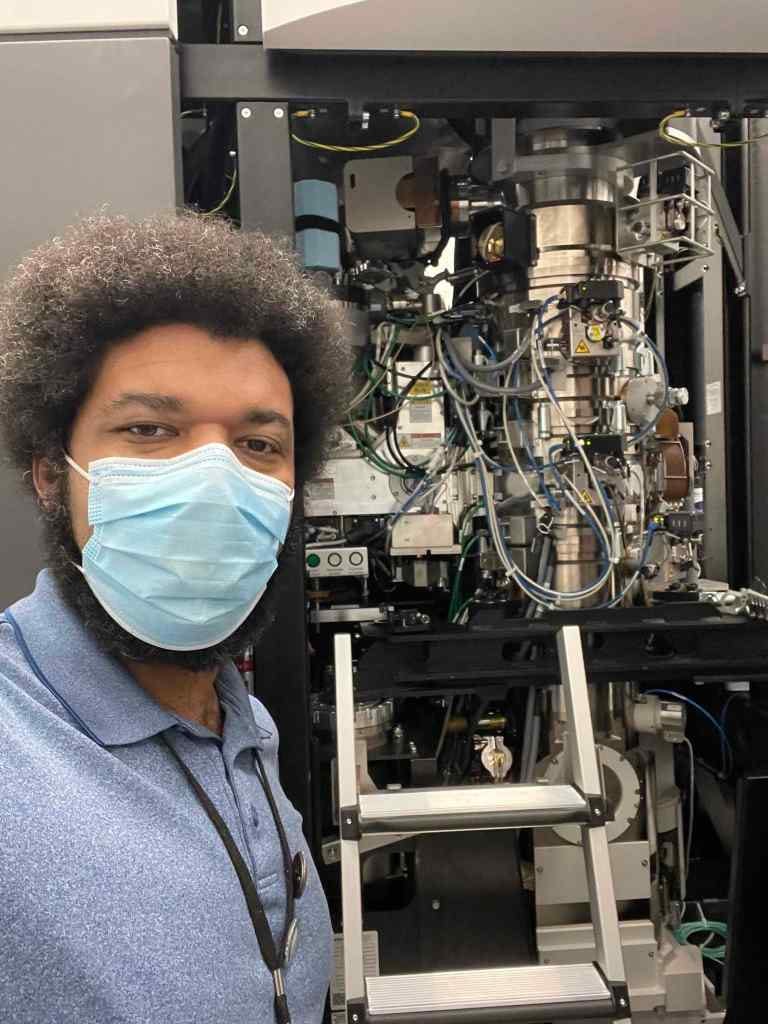Academic Research
Research Statement
I trained as a basic scientist, and that experience led to an enduring interest in electron microscopy (EM). As a graduate student at Arizona State University, I worked with Dr. Andrew Weber to study the photosynthetic competence of mutant Arabidopsis cells with reduced chloroplast number.
As a postdoctoral fellow with Dr. L. Andrew Staehelin at the University of Colorado-Boulder, I studied microtubule organization during cell division in plant cells, and then I carried out a second project to characterize the 3-D structure of thylakoid membranes in chloroplasts. That training gave me an appreciation for the power of EM, a technique that was historically foundational for both cell biology and structural biology. In particular, I was inspired by the innovative methods being developed at University of Colorado-Boulder in the Boulder Laboratory for 3-D Electron Microscopy of Cells.
Traditional EM had produced 2‑D images, but those researchers were developing new methods to extend EM to three dimensions using a method called electron tomography. Moreover, traditional EM relied on chemical fixation, which was known to produce artifacts, and the Boulder researchers had refined methods for preserving cells and tissues in their native state using high-pressure freezing and freeze substitution. Those innovations proved to be transformative in terms of the information that could be gleaned from EM, and I realized that many more such innovations were on the horizon. I therefore decided to focus on EM technology application and development, and to continue working with scientists to harness the power of these techniques.
I joined the University of Chicago in 2005 as Technical Director of the Cryo-preservation and 3-D Tomography Facility. In 2010, the pre-existing EM facility was merged with my facility to create what is now called the Advanced Electron Microscopy Facility. I have overseen the application and development of diverse EM techniques, and I have worked with numerous researchers at the University of Chicago and beyond.
In 2014 I was appointed as a Research Assistant Professor. My roles and responsibilities have continued to expand, most notably as an instrumental player in enabling the University of Chicago to take full advantage of the recent revolution in cryo-EM structural biology.
In 2023 I was promoted to Research Associate Professor at the University of Chicago to continue supporting and developing additional EM techniques, including quantum sensor imaging, electron tomography, cryo-electron tomography, correlative microscopy, large volume array tomography, and cryo-micro electron diffraction. My effort is divided between working and consulting with scientists, performing advanced procedures, and directing the strategic growth of the EM facility, including space planning, instrument acquisition, and the exploration of emerging technologies.

